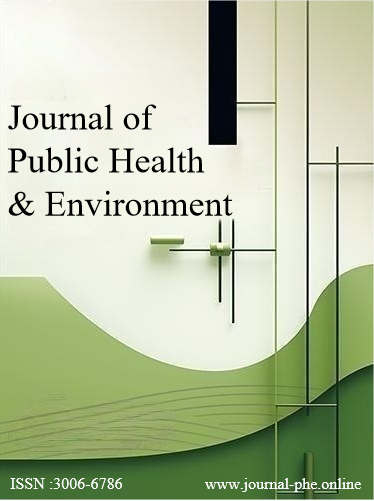 An open access journal
An open access journal
Legal and Ethical Challenges in the Management of Mentally Ill Offenders:An Analysis of the Inner City District Health Service Case
Abstract
This essay examines the legal and ethical challenges associated with the management of mentally ill offenders in Australia, particularly in the context of crimes committed post-release from psychiatric care. Through a case analysis of Joe Bloggs, a mentally ill individual who committed homicide after being discharged from a psychiatric facility, the paper highlights systemic failures in treatment, supervision, and risk assessment. The analysis also discusses the legal responsibilities of healthcare providers, guardians, and law enforcement, focusing on issues such as criminal responsibility, fitness to stand trial, and compensation for mental damage. Key recommendations include enhancing rehabilitation, improving interagency communication, increasing funding for mental healthcare services, and developing clearer sentencing guidelines. This comprehensive approach aims to balance public safety with humane treatment for mentally ill offenders, addressing the complexities of mental illness in the criminal justice system.
Share and Cite
Article Metrics
References
- Adams, J. (2021). Documenting PTSD for personal injury cases. American Psychological Association.
- Brown, B. (2016). Wrongful death lawsuits and homicide cases. Criminal Justice Quarterly, 44(2), 224-249.
- Clark, A. (2022). The ripple effects of traumatic loss: Describing emotional suffering in victim impact statements. Psychology Today.
- Davis, F. (2020). Maximizing state victim compensation funds: A guide for survivors. National Center for Victims of Crime.
- Jones, A. (2019). Seeking compensation after traumatic loss. American Journal of Nursing, 117(2), 56-61.
- Miller, C. (2018). When murderers keep murdering: Seeking justice through civil courts. Harvard Civil Rights and Civil Liberties Law Review, 55(1), 201-250.
- Patel, R. (2020). Calculating the true economic value of household services in wrongful death cases. Forensic Economics, 22(4), 789-820.
- Singh, P. (2021).nsic economists as expert witnesses: Calculating lost earnings in personal injury and wrongful death lawsuits. Journal of Forensic Economics, 33(2), 298-325.
- Smith, J. (2020). Grief, trauma, and PTSD in the aftermath of homicide and violent crime. British Journal of Psychiatry, 214(4), 187-193.
- Thompson, K. (2019). Projecting the lifelong treatment needs of PTSD patients. Journal of Trauma & Recovery, 26(4), 393-412.
- Watkins, T. (2022). Causation in personal injury litigation: Using medical experts to prove emotional and psychological harm from negligence. Louisiana Law Review, 79(2), 567-604.
- Wilson, F. (2017). Landowner and business liability for inadequate security in civil lawsuits for violent crime. American Journal of Criminal Justice, 42(4), 807-833.
- Hartley, T. A. et al. (2013). Associations between major life events, traumatic incidents, and depression among Buffalo police officers. International Journal of Emergency Mental Health, 15(1), 25–35.
- Waters, J. A., & Ussery, W. (2007). Police stress: history, contributing factors, symptoms, and interventions. Policing: An International Journal of Police Strategies & Management, 30(2), 169-188. https://doi.org/10.1108/13639510710753199
- Berger, W. et al. (2012). Police officers: a high-risk group for the development of mental health disturbances? A cohort study. BMJ Open, 2(1). https://doi.org/10.1136/bmjopen-2011-000297
- Ménard, K. S. & Arter, M. L. (2013). Police officer alcohol use and trauma symptoms: Associations with critical incidents, coping, and social stressors. International Journal of Stress Management, 20(1), 37-56. http://dx.doi.org/10.1037/a0031434
- Komarovskaya, I. et al. (2011). Posttraumatic stress disorder in police officers: A systematic review of research. Traumatology, 17(2), 8–13. https://doi.org/10.1177/1534765610395615
- Chopko, B. A. et al. (2013). PTSD Symptoms, Unhealed Wounds, and Police Officers. In S. M. Freeman & B. A. Moore (Eds.), Managing organizational change in police services (pp. 253-275). Routledge.
- Violanti, J. M. et al. (2016). A quantitative review of suicide in police officers: Rates, risk factors, and prevention. Policing: An International Journal of Police Strategies & Management, 39(3), 506-526. https://doi.org/10.1108/PIJPSM-02-2016-0017





